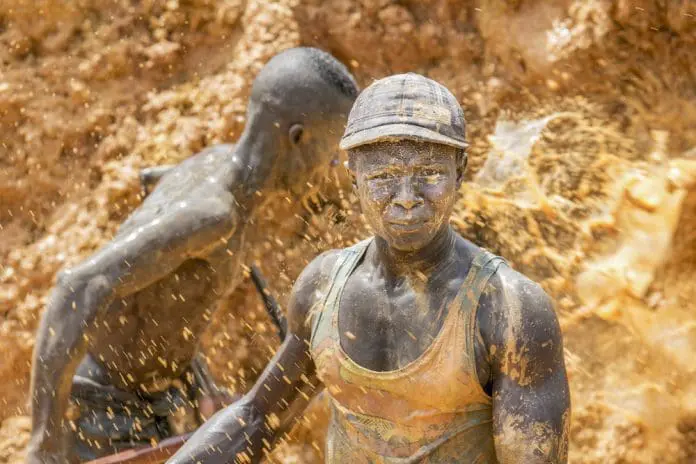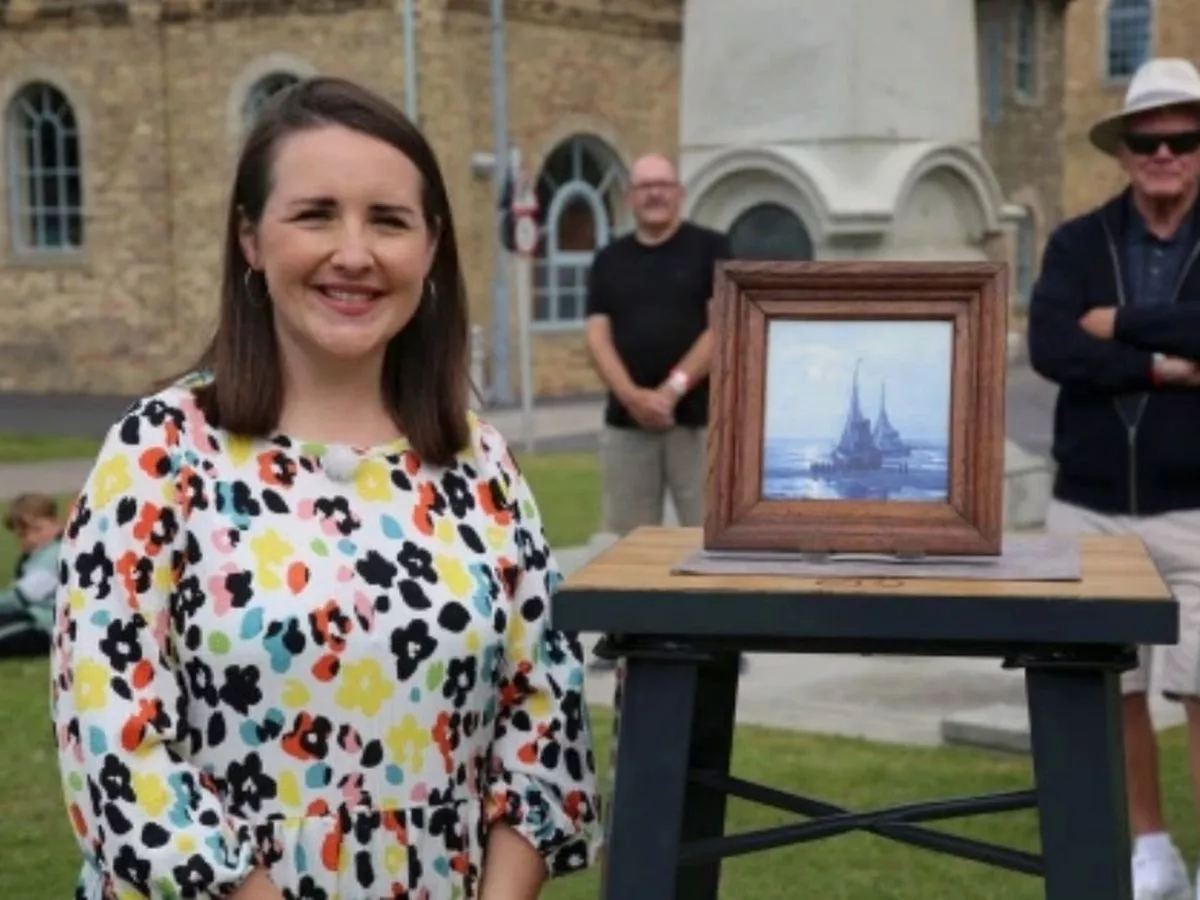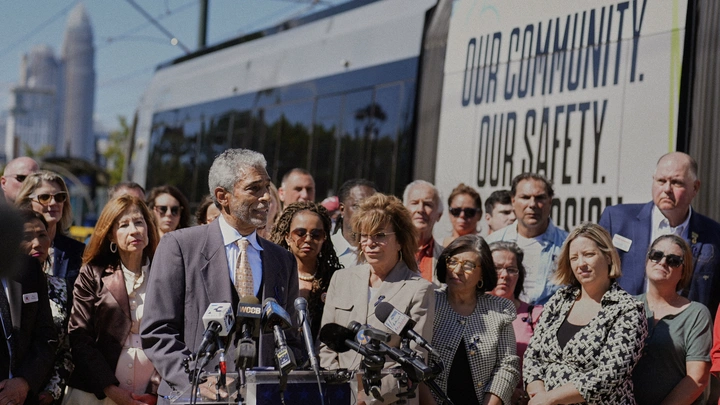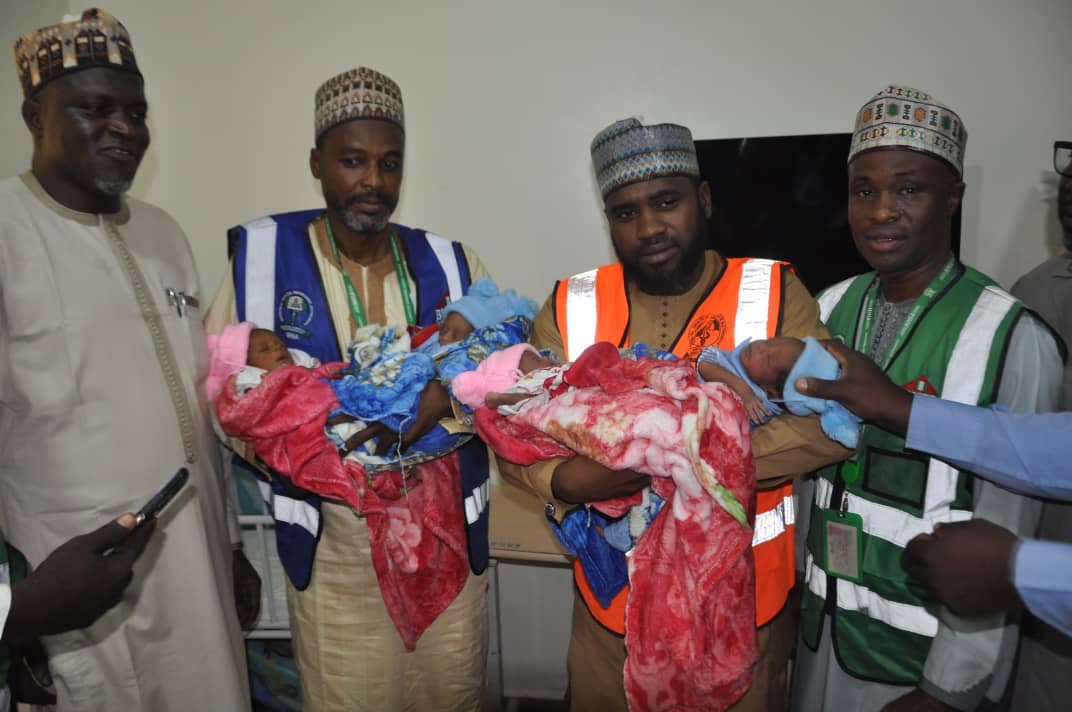Kullu Dussehra 2025: How To Make The Most Of Himachal’s 375-Year-Old Festival That Starts On Vijaydashami
By Mallika Bhagat
Copyright timesnownews
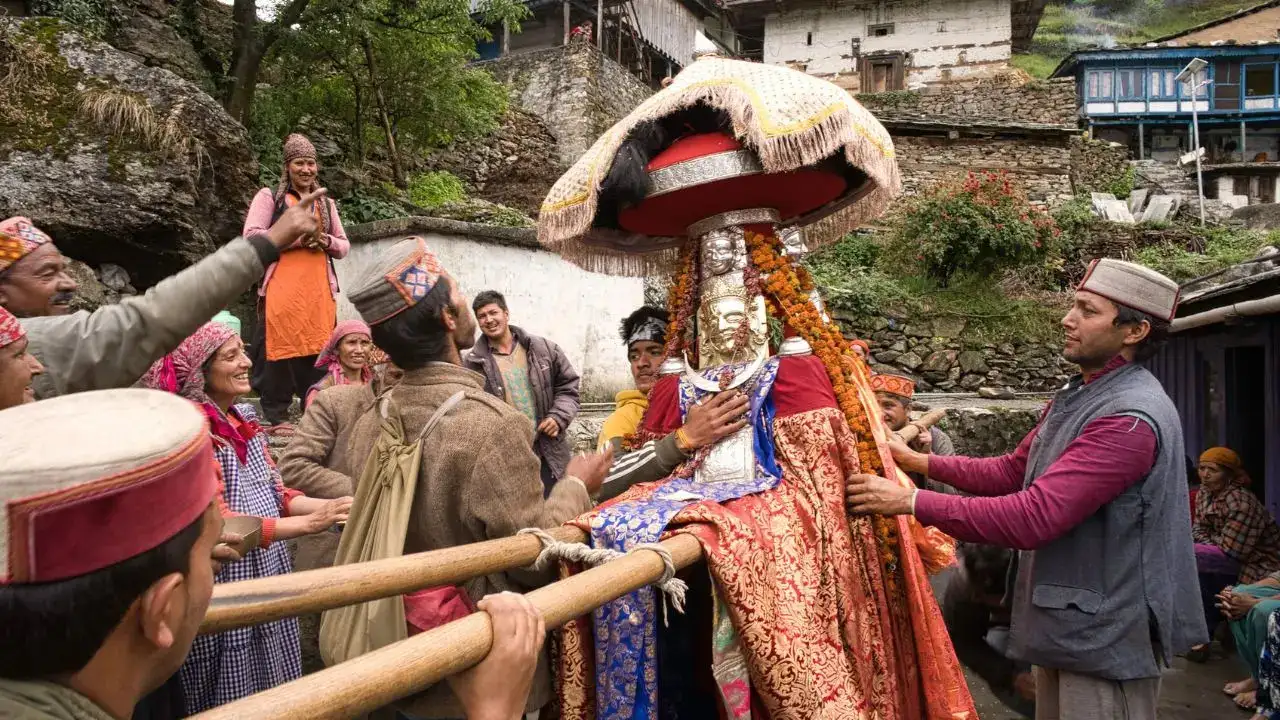
It was in the mid-17th century, under Raja Jagat Singh, that Kullu Dussehra took shape. Unlike the rest of India, where Dussehra culminates in the burning of Ravana’s effigies, Kullu’s celebrations take a different form – a gathering of gods. According to legend, the king learned of a brahmin named Durga Dutt who possessed a bowl of pearls. When the king sent his men to retrieve the pearls, they mistreated Dutt, who vowed to deliver the pearls only when the king returned to the village. Upon his arrival, Dutt locked himself and his family inside their home and set it ablaze, cursing the king for his greed. Haunted by the spirit of the deceased family, Raja Jagat Singh began to experience disturbing visions, and as word of his declining health spread, a bairagi known as Krishan Dutt (Pahari Baba) advised the king that he needed the blessings of Lord Ram. The king invited village deities from across the valley to honor Lord Raghunath, and for over 375 years since, the tradition has endured—palanquins of more than 300 deities converge in Kullu, making it one of the most unique festivals in the world. What Happens During Kullu DussehraKullu Dussehra features a week-long celebration, starting on the day of Vijayadashmi, and culminating a week later at Dhalpur grounds. Deities borne on ornately decorated palanquins march down from remote villages which are sometimes days away on foot. The city is alive with drums and dances, with the chariot of Lord Raghunath pulled into Dhalpur Ground on the seventh day. As a traveller, you’ll find it interesting to see Himachali dances, festive fervor and local religious ceremonies come alive right infront of your eyes. But book your stays right now. Guesthouses and homestays around Kullu fill quickly, but villages nearby offer intimate experiences, sometimes with families who have attended the festival for generations. Beyond The Festival: What To See In And Around KulluWhile the Dussehra grounds of Dhalpur are the festival’s heart, the Kullu Valley offers travellers a broader experience: Manali: Just an hour away, Manali is a year-round favourite. Here you can visit the ancient Hadimba Devi Temple, trace pine-scented trails, or explore the buzzing Old Manali cafés. Naggar: The former capital of Kullu Kingdom, Naggar is a gem for art and architecture. The Naggar Castle and Nicholas Roerich Art Gallery overlook sweeping valley views. Kasol and Parvati Valley: A detour for those seeking mountain escapes, Kasol offers riverside treks, Israeli cafés, and trails that lead into deep alpine forests. Tirthan Valley: For people looking to escape the festive madness, Tirthan’s trout-filled rivers and Great Himalayan National Park hikes provide wilderness unmatched by crowds. How To Reach KulluBhuntar airport connects Kullu to Delhi, though weather delays are common. Many travellers prefer the road journey from Chandigarh or Manali, winding through cedar-clad valleys and alongside the Beas River. Travel News – Find latest news and tips based on Indian and World travel including top 10 travel destination, tourism information, how to reach visit and more at Times Now.
